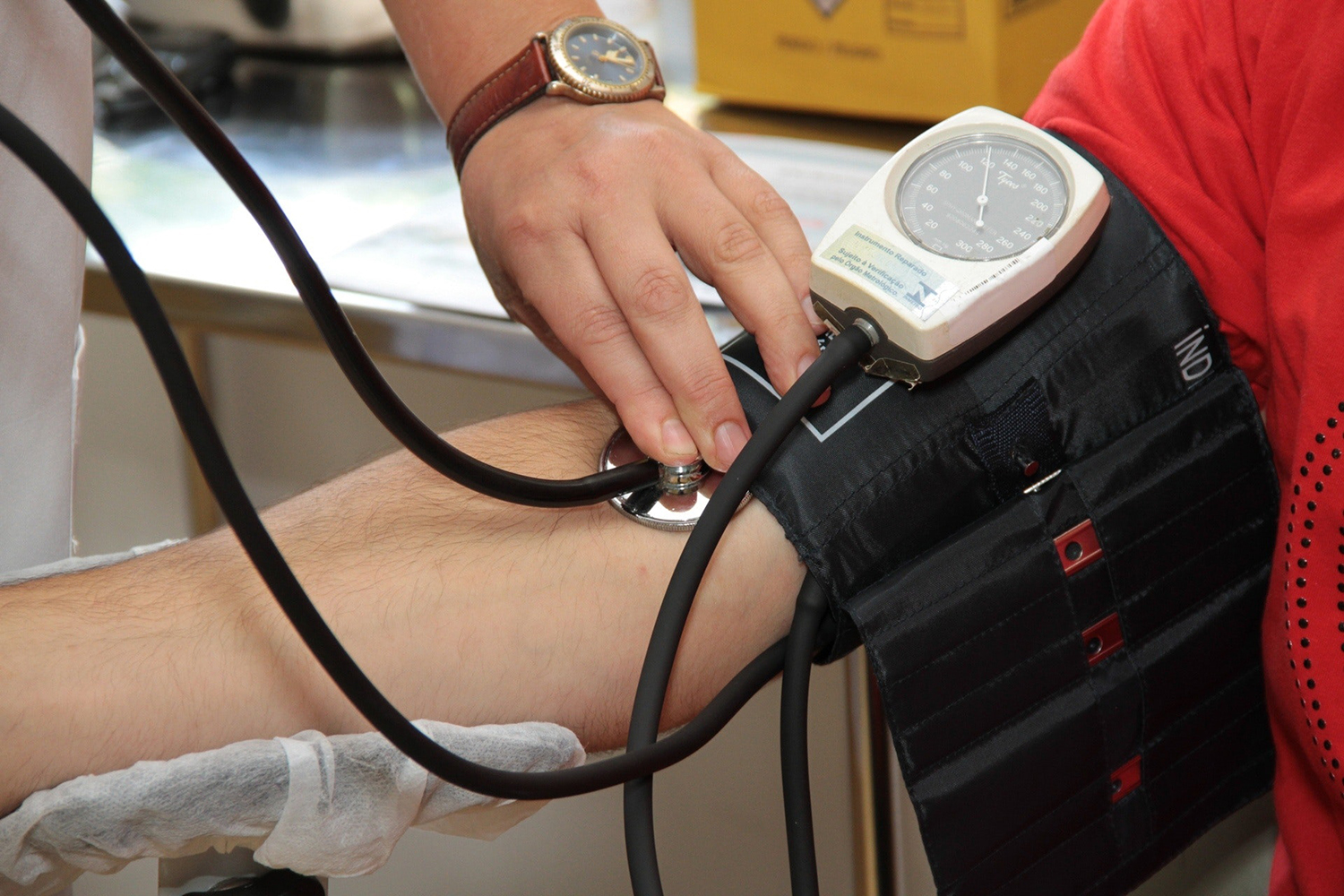5 Step Plan for Blood Pressure Management

High blood pressure is fairly common, especially with an increase in age. Based on new blood pressure guidelines almost 50% of American adults have high blood pressure. Your blood pressure depends on how much blood your heart is pumping, and the resistance in your arteries which allows the blood to flow. The narrower your arteries, the higher your blood pressure.
High blood pressure puts more strain on your heart because it has to work harder, and can cause damage to your arteries. Risk factors include obesity, smoking, family history, and drinking too much alcohol. In some cases, the cause is unknown. This condition is known as the “silent killer” because there are not usually noticeable symptoms. You may live with high blood pressure for years and not know. Uncontrolled high blood pressure over time can damage your heart, lungs, blood vessels, brain, and kidneys putting you at higher risk for heart disease, stroke, and kidney disease.
Up to age 45, men are more likely to have high blood pressure than women, and by age 65, it’s more common in women.
Here is a 5 Step Plan for Managing Blood Pressure through lifestyle choices:
1. Maintain a Healthy Weight
Blood pressure often increases as weight increases. According to the American Heart Association, a healthy BMI between 18.5-24.9 is the goal. Losing just 10 pounds can help reduce or prevent high blood pressure. Your caloric intake to lose weight safely should be discussed with your dietitian and each case should be individualized. Increasing the amount of exercise with the appropriate daily caloric intake can help promote a healthy weight. Weight loss in overweight and obese patients lowers diastolic and systolic blood pressure by 5 mmHg.
Keep in mind more weight around the waistline puts you at a greater risk of high blood pressure. In general, men are at risk if their waist measurement is greater than 40 inches and women are at risk if their waist measurement is greater than 35 inches. These numbers can vary and should be monitored.
2. Monitor Blood Pressure at Home
Your blood pressure is measured in millimeters of mercury (mmHg). A normal blood pressure is around 120/80 mmHg or less. Normal levels can fall below this, yet consistent readings above this can lead to a high blood pressure diagnosis. The top number of the reading is called the systolic and shows the pressure in your blood vessels when your heart beats. The lower number is called the diastolic and it measures the pressure at rest between heartbeats when the heart refills with blood.
If you are diagnosed with high blood pressure discuss your personal blood pressure goal with your doctor. Blood pressure readings above 120/80 mm Hg are considered elevated and above 130/80 mmHg is Stage I Hypertension.
By monitoring your blood pressure at home, you will monitor trends more consistently and be able to supplement the readings taken by your doctor for a more accurate picture of your blood pressure.
Continue reading



